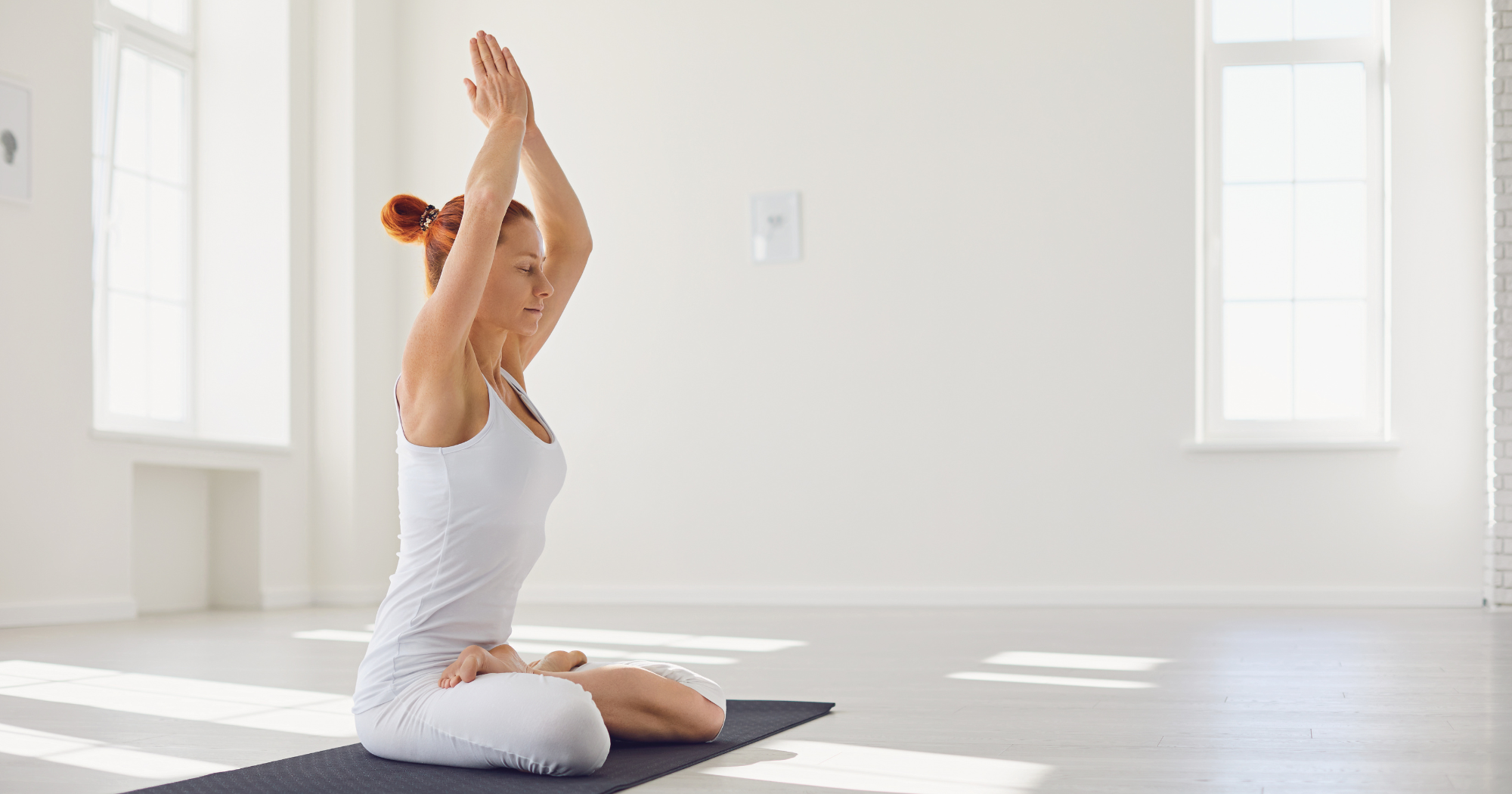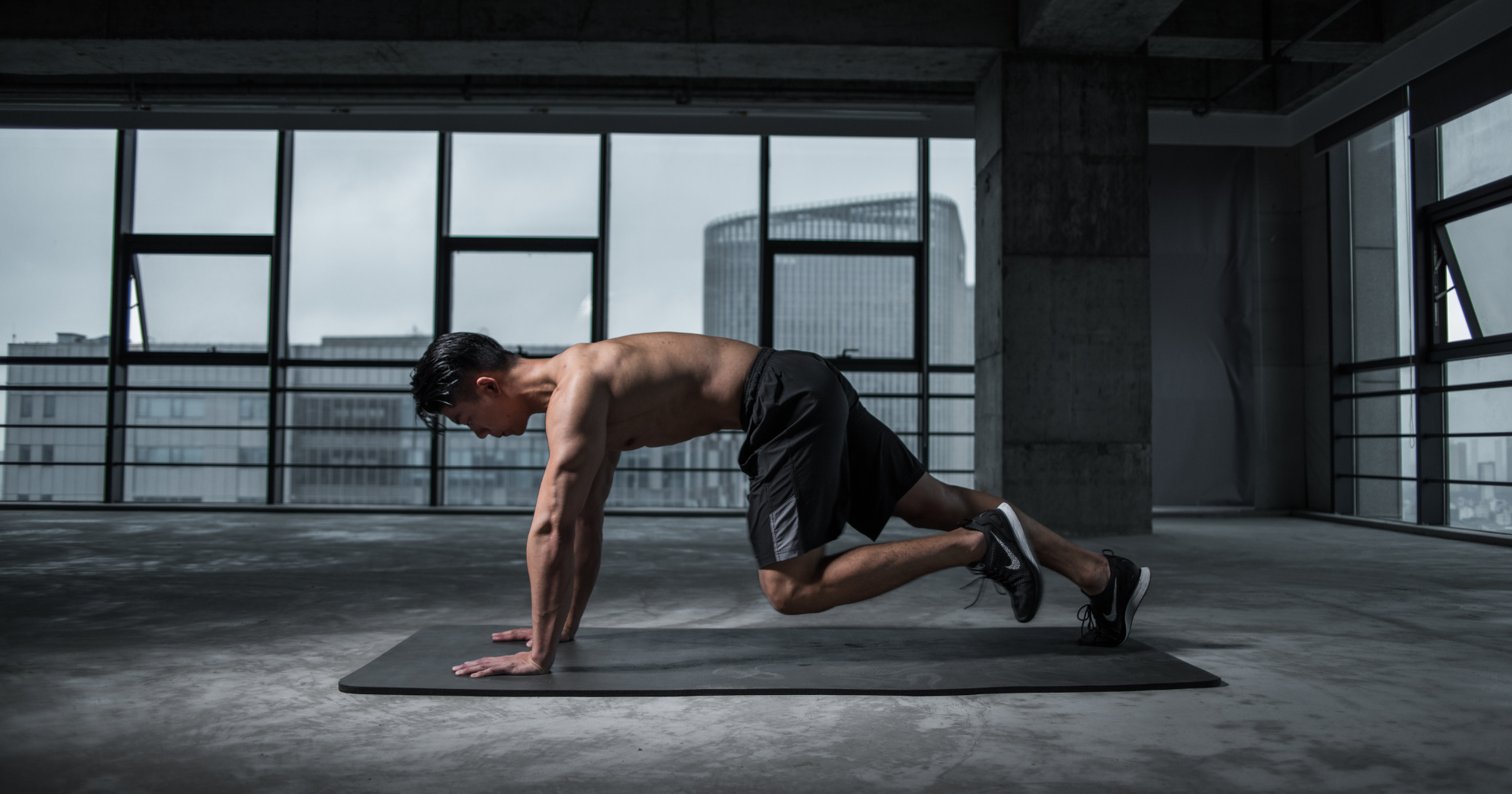
Comparing Exercise Bikes
, by Joris Lans, 5 min reading time
1,200+ satisfied customers  (4.7/5)
(4.7/5)

, by Joris Lans, 5 min reading time
Recumbent versus upright bike: which one is best for you?
What is your favorite training device in the gym? A treadmill? Or a stationary bicycle? If you answered an exercise bike, is it an exercise bike or a recumbent bike? Is there a difference? Simply put, one type differs from another by the position of the rider. Regardless of your response, stationary bikes are a safe and effective way to exercise, according to the American College of Sports Medicine (ACSM), as the bikes allow for low-impact cardio.
Stationary bicycles, both recumbent and upright bicycles, put less stress on the joints than some other cardio equipment and are relatively comfortable once you are used to sitting in the saddle or chair for extended periods of time. Recumbent bicycles in particular are an excellent option for people with low back pain, because the bicycle offers extra support for the back. Recumbent bikes are also good for people who are just starting out with cycling. The bottom line: A recumbent bike can provide a cardio workout for users of almost all skill levels.
Do you want to try it, but you don't know which type of exercise bike suits you best? The following can help you make a decision if you only have time for one piece of equipment during your workout.
Advantages recumbent bike
Recumbent bikes are easier on the lower back (lumbar spine) due to the way you sit in the bike. While you are bent over the handlebars with a standing bicycle, a recumbent bicycle promotes a better spine posture.
Recumbent bikes are gentle on all your joints. Your lower back is supported by the bucket seat and your knees and ankles are protected from possible injury.
Recumbent bike have larger seats than hometrainers, which is usually one of the most appealing features. An exercise bike generally has a smaller saddle which can be uncomfortable to cyclists.
Recumbent bicycles are generally safer because you cannot stand on the pedals. This eliminates many of the injuries that occur when using an exercise bike.
A recumbent bike is a good choice for most people with neurological conditions, as the bike provides exercise for people of all levels. It is safe and offers a low impact total body workout.
Due to the low impact, the recumbent bike reduces the risk of pain and you can build up strength. If your back and hips have been affected by rheumatoid arthritis, a recumbent bike may be easier to use because of the recumbent position with your weight distributed between your back and buttocks.
Advantages of the upright bike
A stationary bike gives you a more consistent workout when riding outdoors, as the upright position places the rider in a similar body position.
Exercise bikes also ensure that you train the same muscles you use when riding outdoors, which is more of a full-body exercise. Where you usually have to use your glutes, quads, hamstrings and calves with the recumbent bike.
The exercise bike trains the abdominal muscles, as you keep the body upright and support your training. Because you lie back on a recumbent bike, the abdominal muscles are hardly used.
There is also more of an upper body arm workout, as you use the biceps, triceps and shoulders in a vertical position. Exercise bikes have a smaller footprint and therefore take up less space in your home or gym.
Comparison guide to cardio fitness
Which Stationary Bike Burns More Calories?
Are you concerned about maximizing calories and weight loss when choosing between a recumbent or a stationary bike? Each bike has benefits that are alluring depending on your main goals. However, both bikes produce the same calorie and weight loss potential. It all comes down to what you are willing to put into your training, the harder you work the more improvement you will see. Determine which bike is best for you by looking at the above benefits for each bike, and be prepared to work hard to reach your fitness goals.
Points to keep in mind
Whether you use an exercise bike or a recumbent bike - at home or at the gym - keep the following important points in mind:
Make sure the exercise bike is positioned so that all moving parts are at a safe distance.
Make sure there is enough space to get on and off safely.
Before you start cycling, position the handlebars and seat height. Find your perfect position in the chair. Correct positioning is important so that you can train safely and effectively. Keep in mind that pain in the front of your knee usually means there is too much knee flexion, and back pain means there is too little knee flexion. Learn more about how to set up your bike for maximum benefits.



